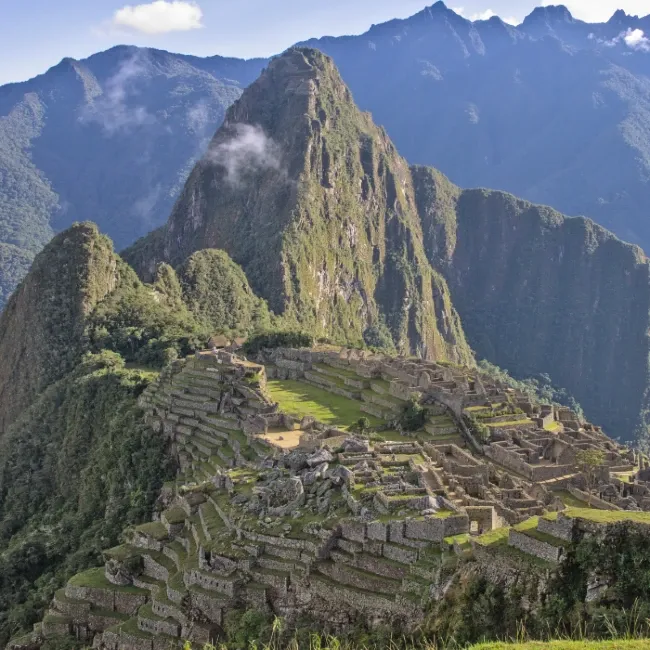The Inca Empire

The Inca were a powerful civilization that developed in the Andes Mountains along the west coast of South America. The Andes tall mountains helped protect their city-states and allow for a well-developed government and society to grow over many years. The Inca empire thrived in this region from about 1200-1532.

The Inca Empire was ruled by an emperor known as the Sapa Inca, meaning “sole ruler”. Manco Capac was the first Sapa Inca and established the Kingdom of Cuzco around the year 1200. The city of Cuzco was the capital of the Inca Empire.
A later Sapa Inca, Emperor Pachacuti greatly expanded the empire by conquering nearly all of Peru. At its peak, the Inca Empire had over 10 million inhabitants.
The Inca called their empire Tawantinsuyu. They were skilled diplomats and divided the territory into smaller units with a central bureaucracy that featured different ranks of government officials. The government had total control over economic and social life. They had a laws, a tax system, and harsh punishments for criminals.
The Inca built impressive cities and temples entirely out of stone—without using iron tools. Their most famous site today is Machu Picchu, which sits high in the Andes at nearly 8,000 feet above sea level in southern Peru.
They also engineered an extensive network of stone-paved roads and bridges that stretched across their vast empire. Adapting to the rugged landscape, they carved steps into steep mountain slopes and fitted stones together with remarkable precision, creating structures strong enough to withstand earthquakes and the test of time.
Inca society was highly structured, with strict social classes that most people remained in for life. At the top were the nobles, descended from those who founded the city of Cuzco, the heart of the Inca Empire.

Below the nobles were the public administrators or lower-level government officials. The lowest class were the commoners, who were artisans and farmers.
Religion played a large role in daily and governmental life. The Inca built marvelous temples in tribute to their gods. Coricancha was the most important temple. It was covered in sheets of gold and was built to the Inca Sun god, Inti. The Inca practiced mummification of bodies and provided gifts to the dead to help them in the afterlife.
The arrival of Europeans in 1520 brought war and disease to the Inca which weakened the empire. The Inca were eventually conquered by Spanish conquistadors led by Francisco Pizarro in 1533.